Walking through certain European cities today feels like stepping into a time capsule from the Roaring Twenties. These places have carefully preserved their historic charm, from Art Deco buildings to vintage cafes hosting famous writers and artists. While modern life certainly exists in these cities, their old-world character remains strong enough to transport visitors back to an era of jazz, flapper dresses, and classic automobiles.
Imagine stepping off a train and finding yourself in a place where every street corner tells a story from a hundred years ago. These 20 cities have managed to keep their 1920s soul alive while the rest of the world rushed forward.
Prague, Czech Republic
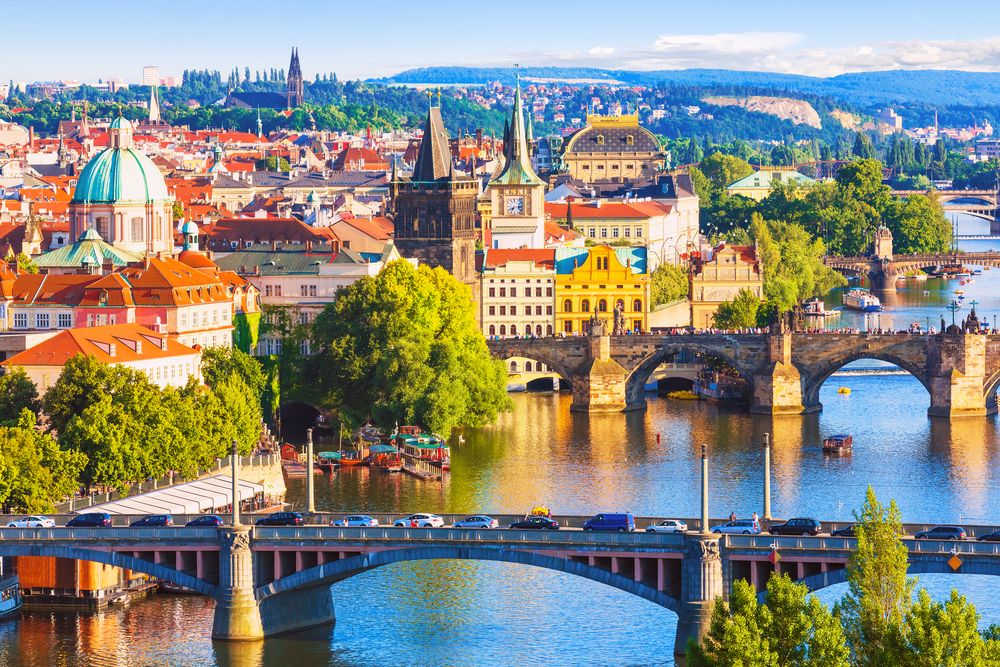
The narrow cobblestone streets of Prague’s Old Town look almost exactly as they did during the First Republic period. The city’s famous astronomical clock still draws crowds just as it did in the 1920s, while the historic cafes continue serving coffee in the same elegant way they did a century ago.
Local theaters and concert halls maintain their original art nouveau designs, hosting performances in spaces that haven’t changed since the Jazz Age. The iconic Charles Bridge offers the same medieval silhouette against the sky that inspired artists and writers of the 1920s.
Vienna, Austria
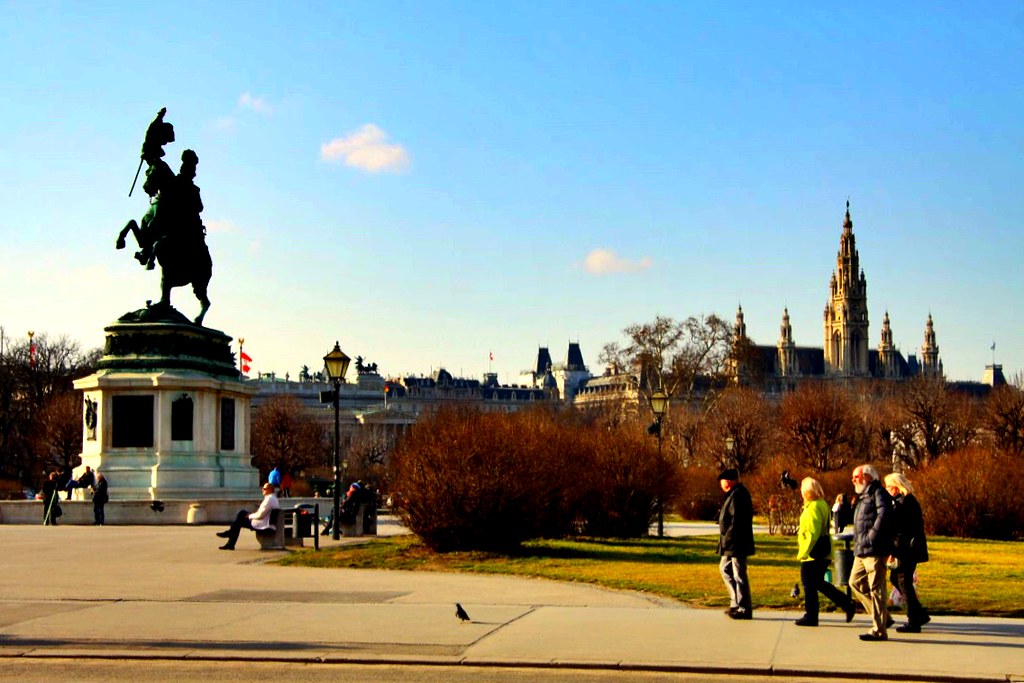
Vienna’s coffee house culture has remained unchanged since its golden age in the 1920s. The same marble tables and bentwood chairs that hosted intellectual discussions during the interwar period still furnish these elegant establishments today.
The grand Ringstrasse boulevard continues to showcase the city’s imperial architecture, looking much as it did when it was the cultural heart of Central Europe. The historic trams still clank along their original routes, carrying passengers past buildings that could be straight out of a black-and-white photograph.
Like Travel Pug’s content? Follow us on MSN.
Budapest, Hungary
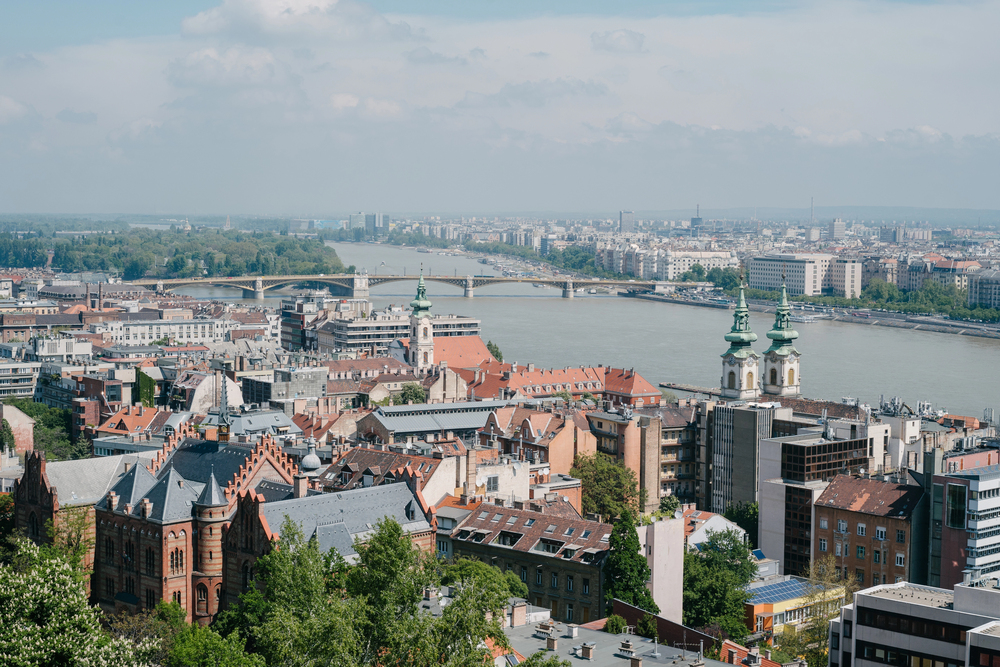
The grand Andrassy Avenue still holds the same majestic atmosphere it carried during the city’s golden age. Coffee houses like the New York Cafe maintain their original baroque splendor, serving pastries on silver trays just as they did in the 1920s.
The city’s famous thermal baths continue their century-old traditions in art nouveau settings that haven’t changed since the Jazz Age. The historic trams still rattle past elegant apartment buildings whose facades tell stories of a bygone era.
Bruges, Belgium
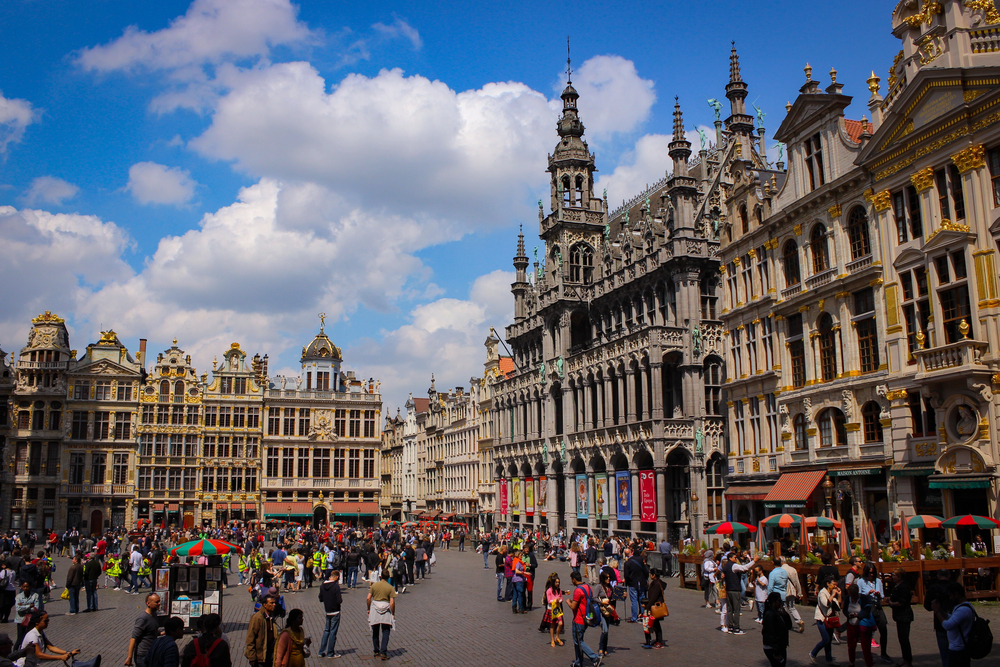
The medieval heart of Bruges looks frozen in time, with its cobblestone streets reflecting the peaceful canals. Horse-drawn carriages still clip-clop through the historic center, passing buildings that haven’t changed in centuries.
The old market square remains the bustling center of city life, surrounded by stepped-gable houses that look straight from an old postcard. Traditional chocolatiers still craft their sweets in shop windows, using recipes passed down through generations.
Lisbon, Portugal
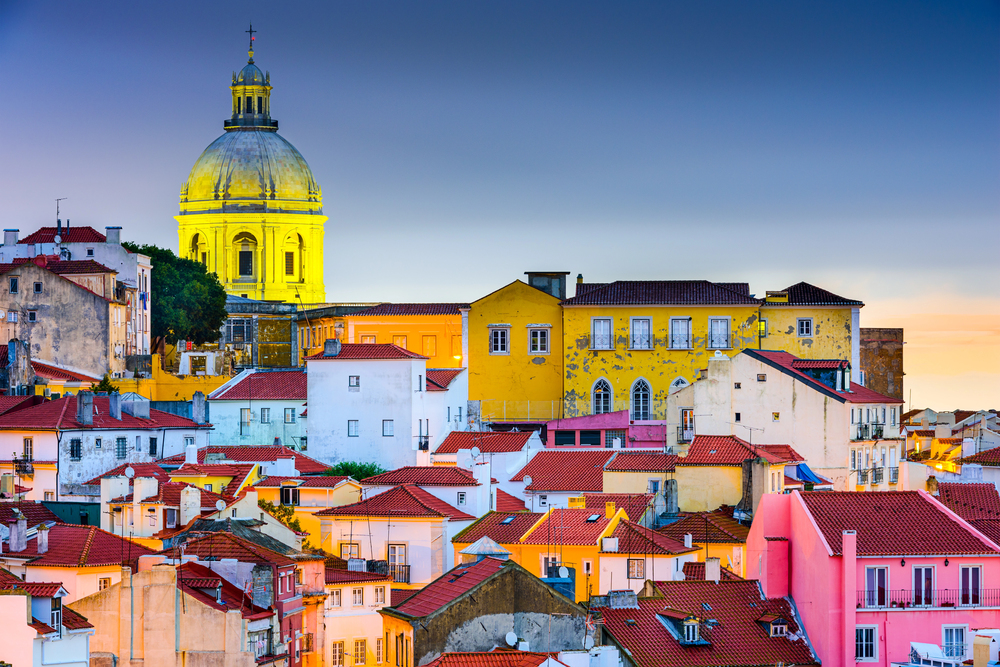
The historic trams of Lisbon still climb the steep hills just as they did a hundred years ago. The Baixa district maintains its elegant 1920s shopfronts, where traditional businesses operate precisely as they did in the past.
Old-world cafes like Cafe A Brasileira serve coffee to artists and writers, maintaining their original art deco interiors. The sound of fado music still drifts from traditional restaurants housed in buildings that haven’t changed since the early twentieth century.
Like Travel Pug’s content? Follow us on MSN.
Stockholm, Sweden
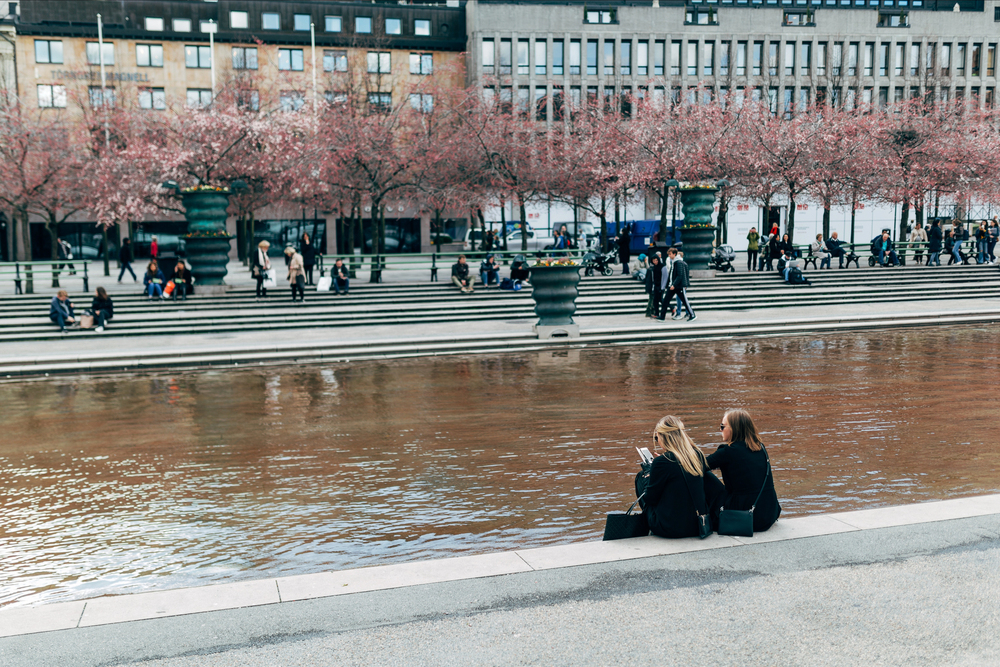
The old town of Gamla Stan preserves its narrow medieval streets and amber-colored buildings exactly as they stood in the 1920s. Traditional copper-roofed buildings still reflect in the clear waters of the city’s canals and harbors.
Historic department stores like NK maintain original art nouveau details and elegant shopping halls. The Royal Palace area continues to host changing of the guard ceremonies following century-old traditions.
Krakow, Poland
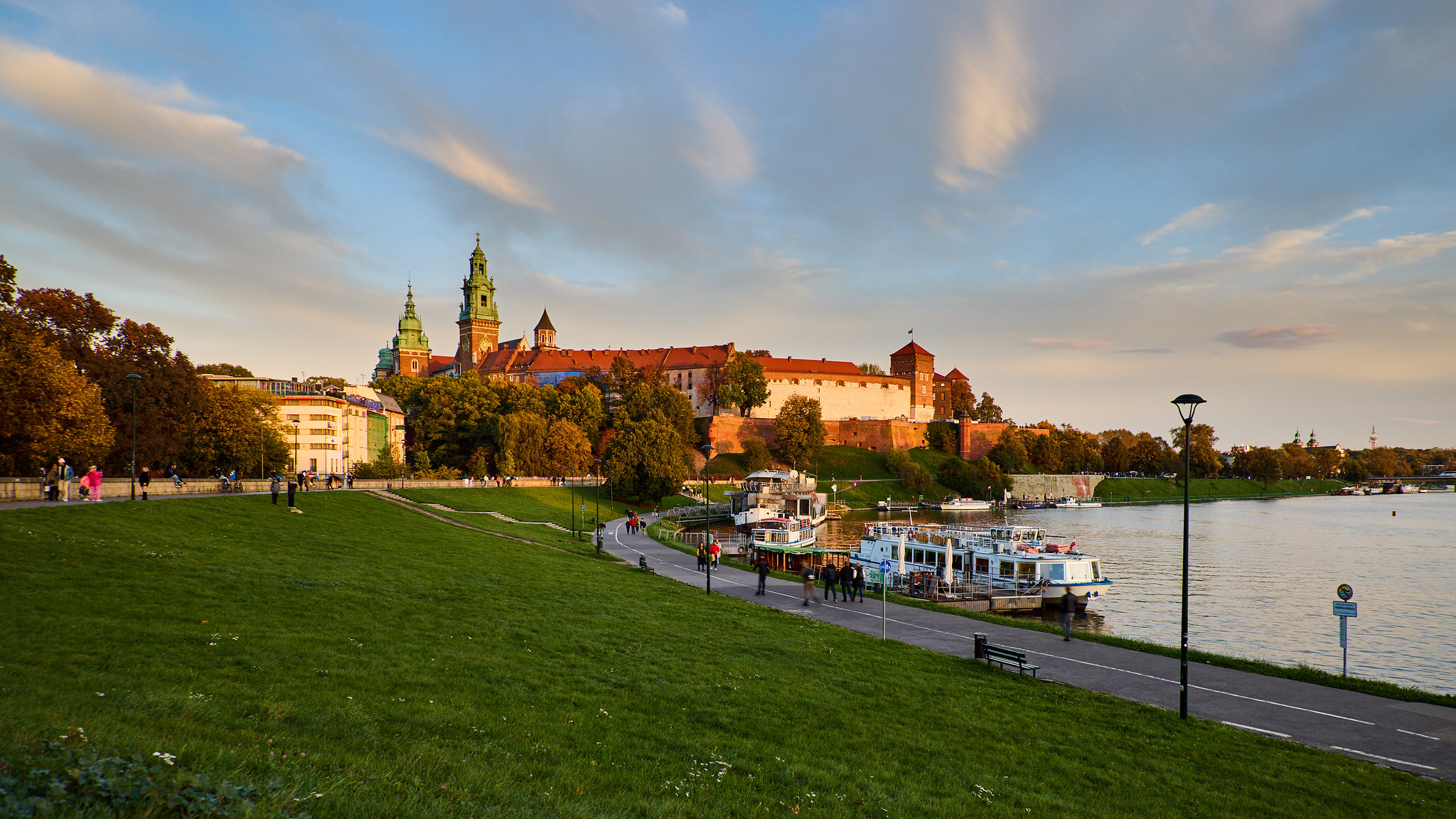
The main market square of Krakow remains Europe’s largest medieval town square, looking just as it did in the 1920s. Horse-drawn carriages still circle the square, passing buildings that have maintained their historic facades.
The famous Cloth Hall continues to house merchants in a setting that hasn’t changed in centuries. Traditional cafes still serve coffee and pastries in spaces that hosted artists and intellectuals during the interwar period.
Edinburgh, Scotland
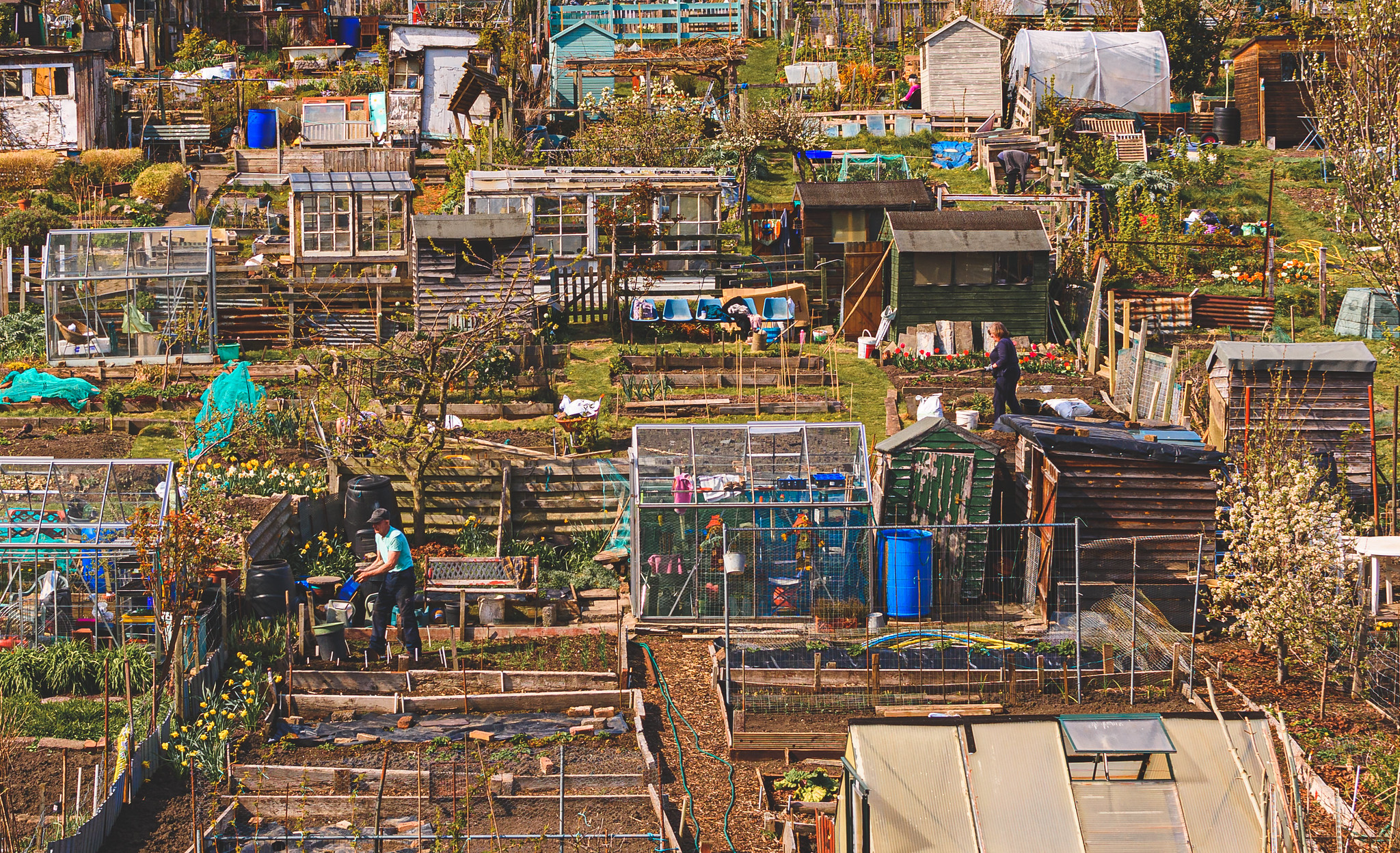
The Royal Mile still connects Edinburgh Castle to Holyrood Palace just as it has for centuries. Traditional pubs maintain their original Victorian and Art Deco interiors, serving drinks in frozen spaces.
The old town’s wynds and closes remain unchanged, offering the same mysterious passages they did a hundred years ago. The sound of bagpipes still echoes off buildings that haven’t altered since the 1920s.
Like Travel Pug’s content? Follow us on MSN.
Seville, Spain

The narrow streets of Santa Cruz Quarter maintain their ancient charm, with orange trees still lining the pathways. Traditional flamenco shows continue in historic venues that haven’t changed their interiors since the 1920s.
Horse-drawn carriages still clip-clop through the historic center, passing buildings with wrought-iron balconies that tell stories of the past. Old-world cafes continue serving traditional treats in spaces that look exactly as they did during the Roaring Twenties.
Florence, Italy
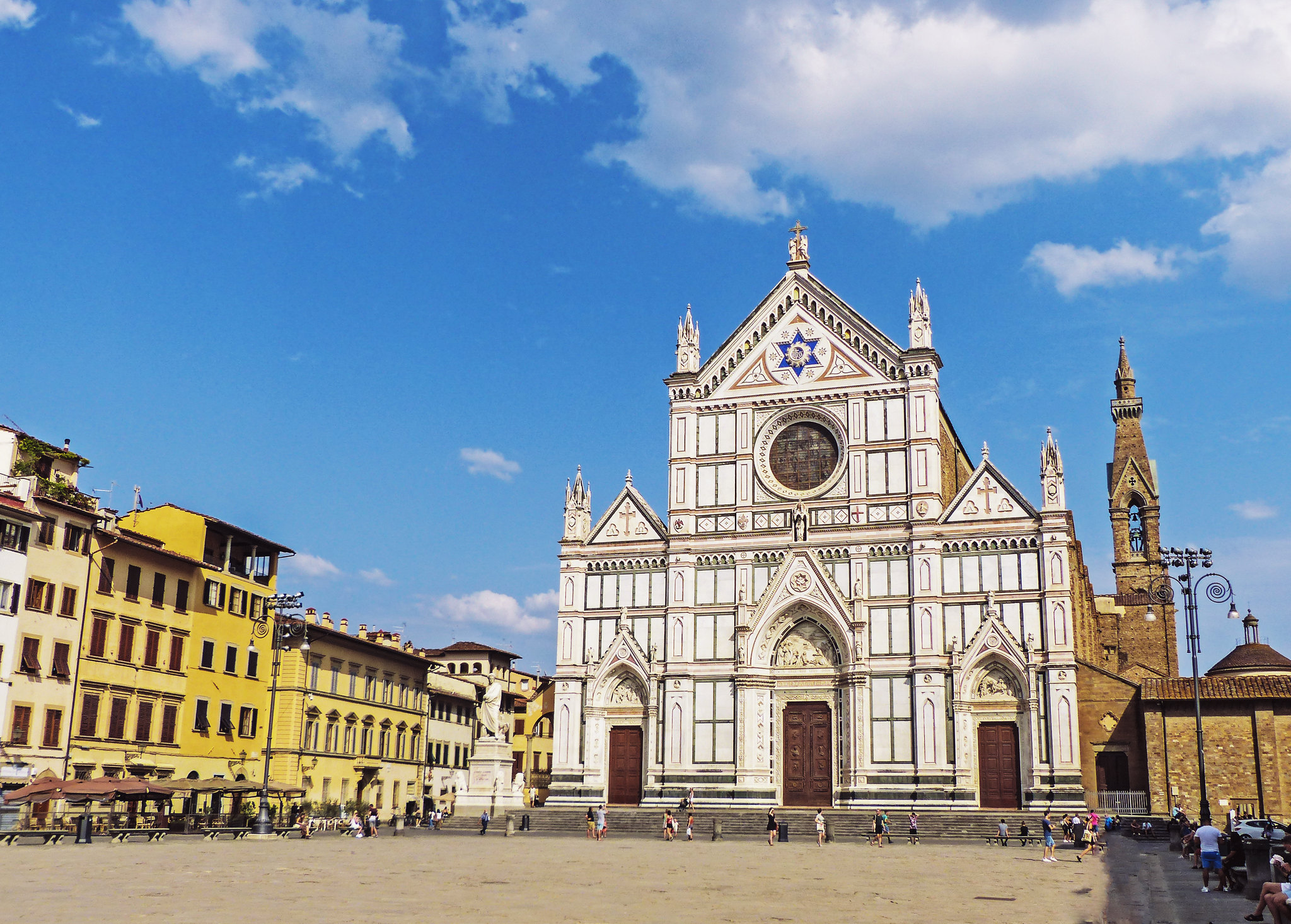
The Ponte Vecchio still houses traditional goldsmiths in shops that look exactly as they did a century ago. Historic cafes maintain their original marble counters and wooden displays, serving pastries as they did in the 1920s.
The sound of church bells still echoes through streets lined with Renaissance palaces that haven’t changed in centuries. Traditional artisans continue working in historic workshops, using techniques passed down through generations.
Amsterdam, Netherlands
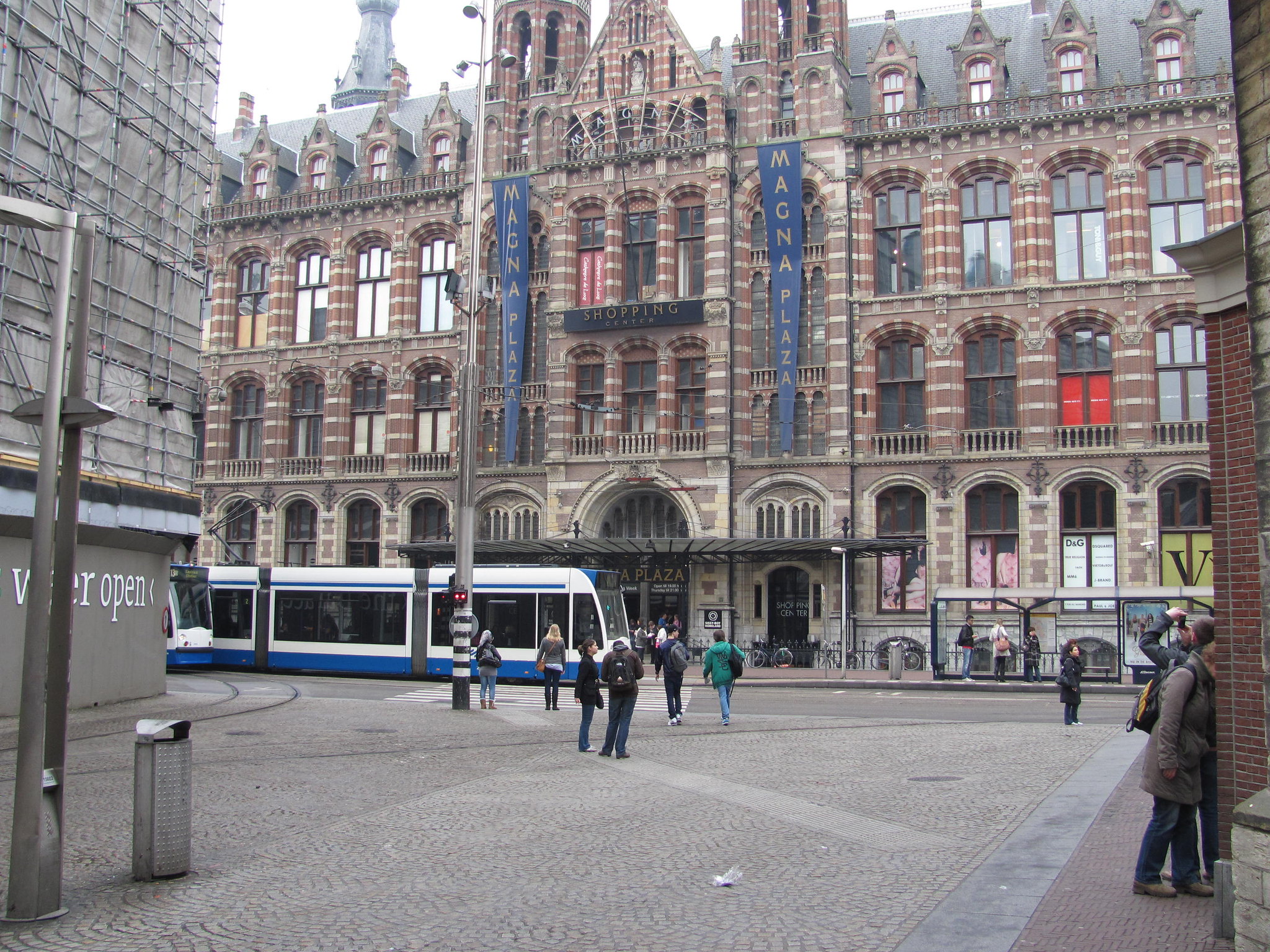
The historic canal ring maintains its 17th-century appearance, looking much as it did during the 1920s. Traditional brown cafes still serve drinks in spaces with original wooden interiors and tobacco-stained ceilings.
The old tram lines continue rattling past buildings with distinctive Dutch gables that haven’t changed in a century. Street organs still play cheerful tunes in squares that look frozen in time.
Like Travel Pug’s content? Follow us on MSN.
Riga, Latvia
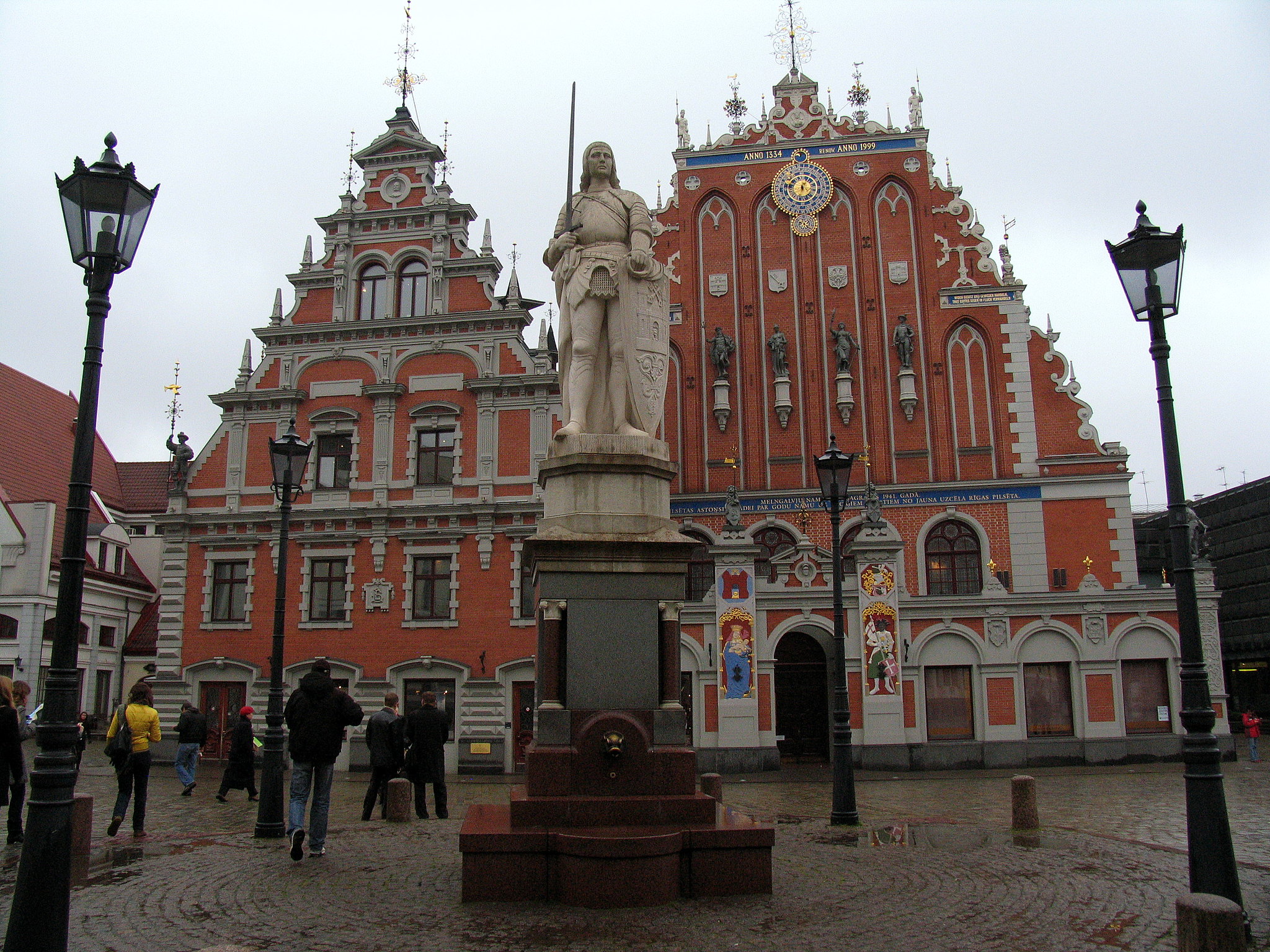
The art nouveau district preserves Europe’s finest collection of 1920s architectural styles. Traditional markets still operate in historic zeppelin hangars that maintain their original industrial grandeur.
The old town’s cobblestone streets continue to wind past medieval buildings that look exactly as they did a century ago. Historic cafes serve traditional Black Balsam in spaces that haven’t changed since the interwar period.
Porto, Portugal

The historic Ribeira district maintains its medieval charm along the Douro River, looking just as it did in the 1920s. Traditional port wine houses still age their wines in cellars that haven’t changed in centuries. The iconic Dom Luis I Bridge continues to carry trams across its iron framework as it did during the Jazz Age. Old-world cafes maintain their original belle époque interiors, serving coffee in spaces frozen in time.
Dresden, Germany
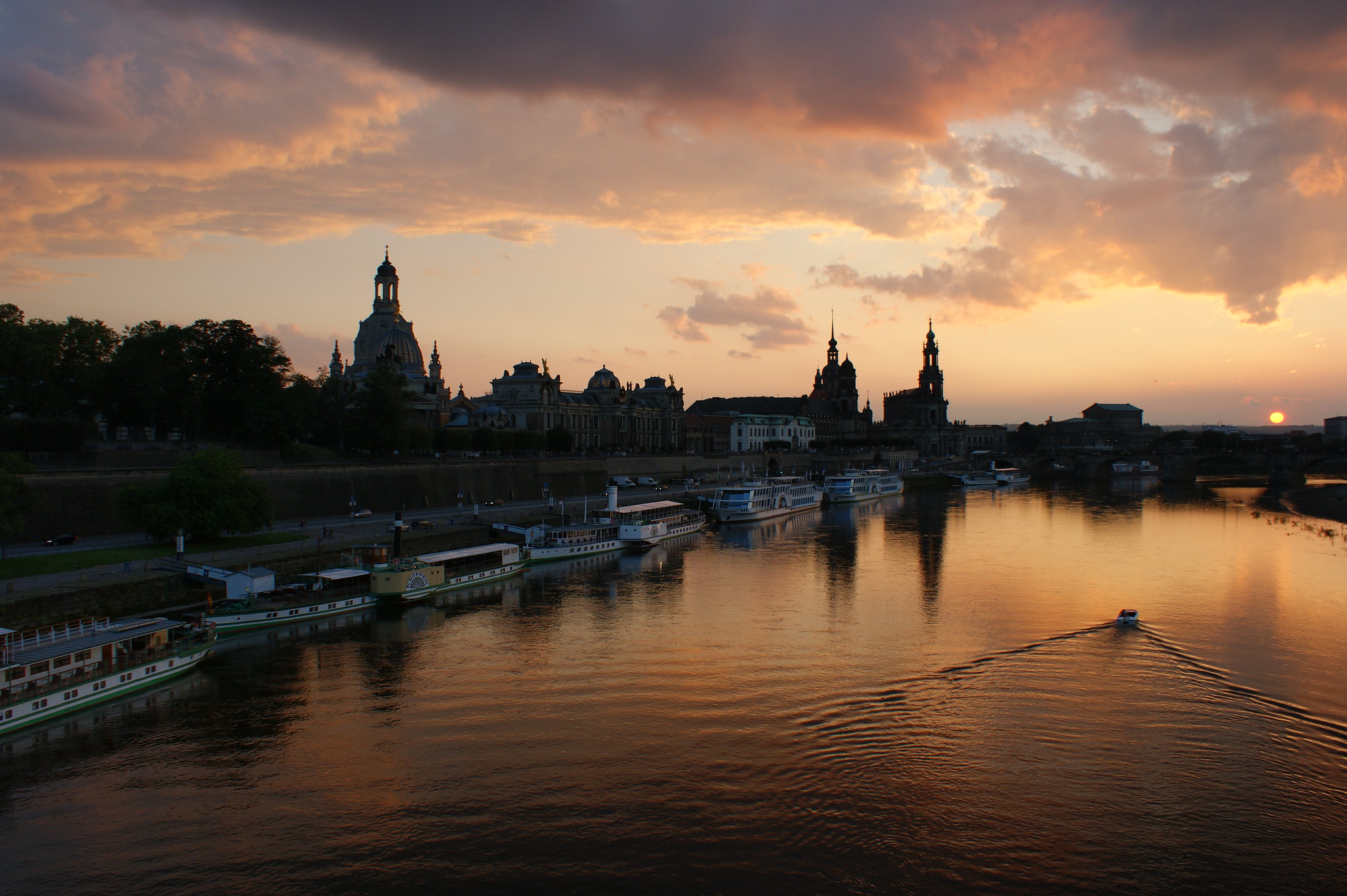
The reconstructed Altstadt perfectly captures the city’s baroque splendor that defined it in the 1920s. Historic coffee houses maintain their original elegant interiors, serving traditional Saxon pastries just as they did a century ago.
The famous Semperoper still hosts performances in a setting that hasn’t changed since the interwar period. Traditional artisans continue working in the historic Kunsthofpassage, using techniques from the past.
Like Travel Pug’s content? Follow us on MSN.
Lyon, France
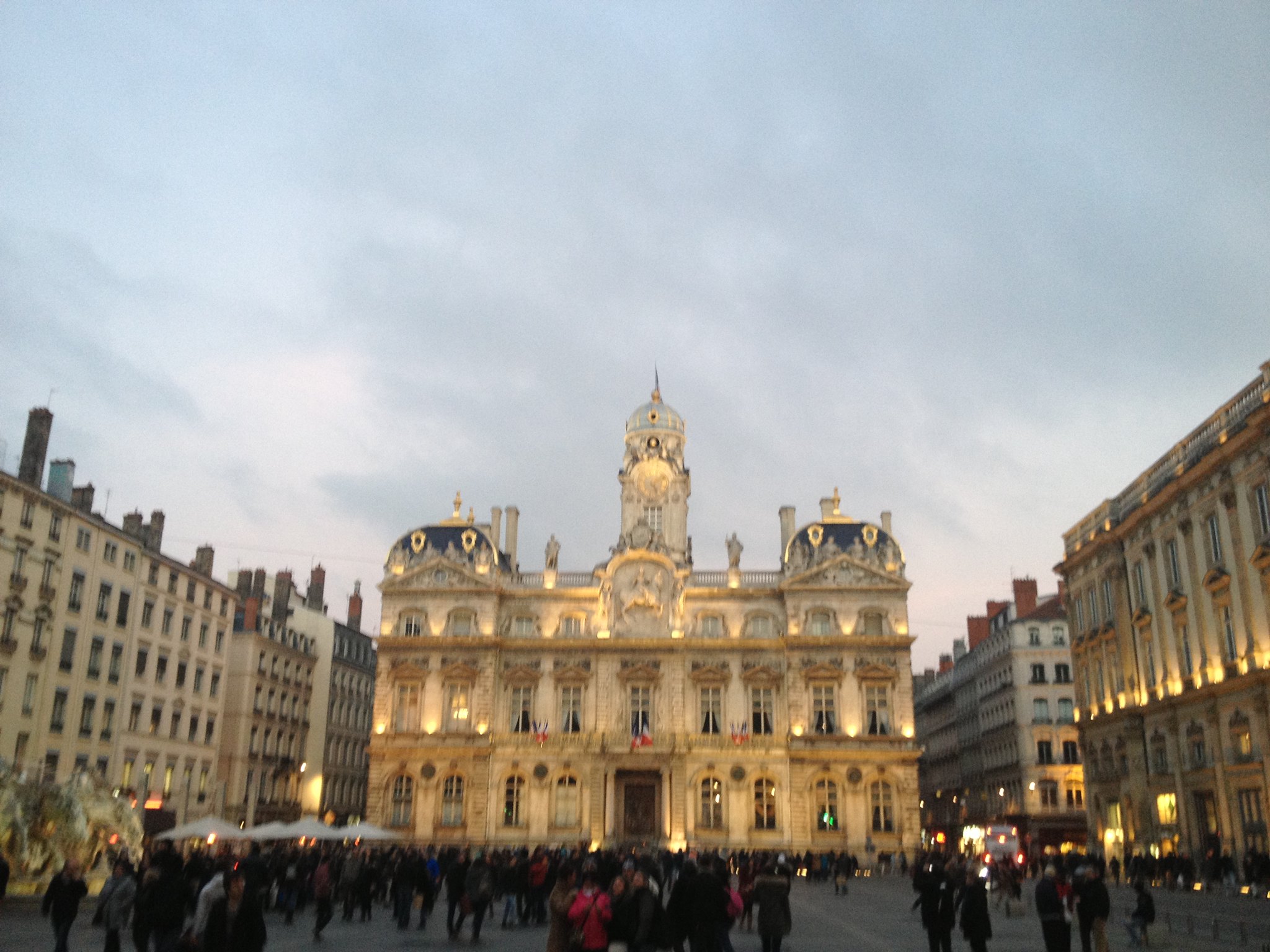
The traboules of Old Lyon remain secret passages through historic buildings, just as they were in the 1920s. Traditional bouchons still serve Lyonnaise cuisine in spaces that maintain their original character.
The historic funicular continues climbing Fourvière Hill past buildings that haven’t changed in a century. Art Deco cinemas maintain their original splendor, showing films in spaces that feel frozen in time.
Oxford, England
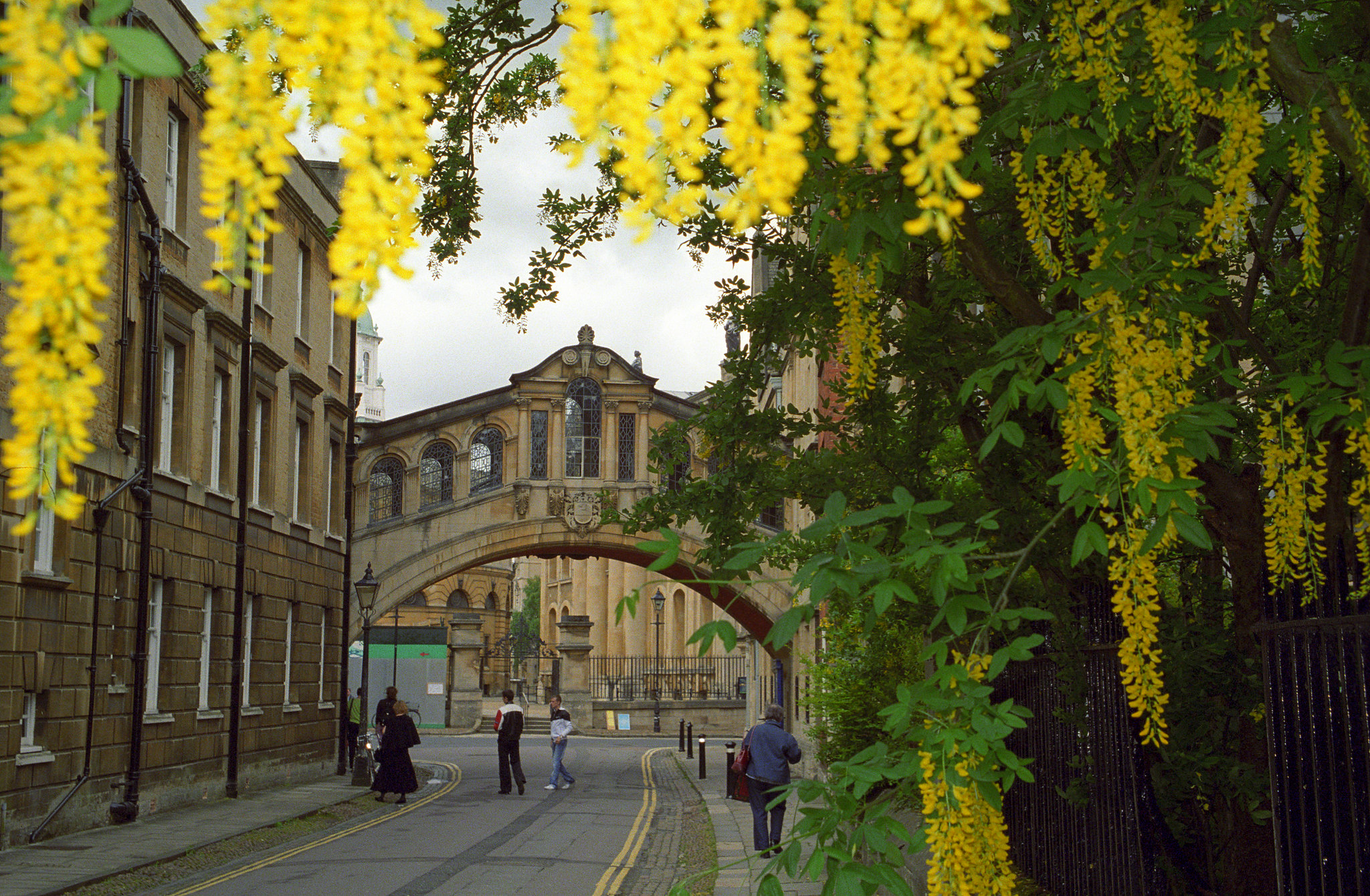
The historic colleges maintain their medieval and Victorian architecture exactly as it appeared in the 1920s. Traditional pubs still serve ale in wood-paneled rooms that haven’t changed in centuries.
The sound of church bells continues to mark the hours as it did during the Jazz Age. Students still punt along the river past buildings that look exactly as they did 100 years ago.
Tallinn, Estonia
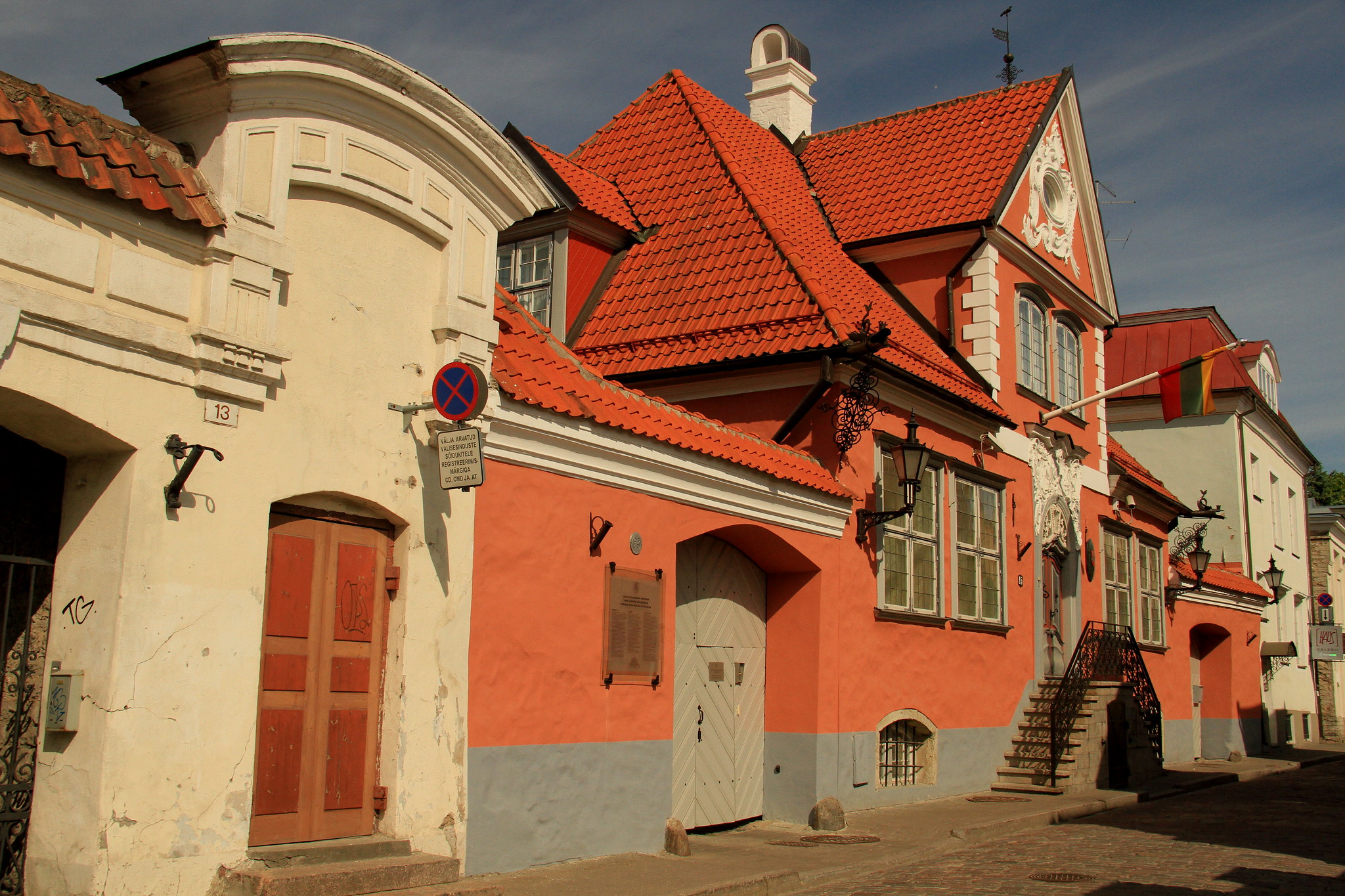
The medieval walls and towers of the old town stand exactly as they did during the 1920s. Traditional merchants still operate in the historic guild houses that maintain their original features.
The cobblestone streets continue winding past buildings that haven’t changed their appearance in centuries. Historic cafes serve traditional treats in spaces that look frozen in time.
Like Travel Pug’s content? Follow us on MSN.
San Sebastian, Spain
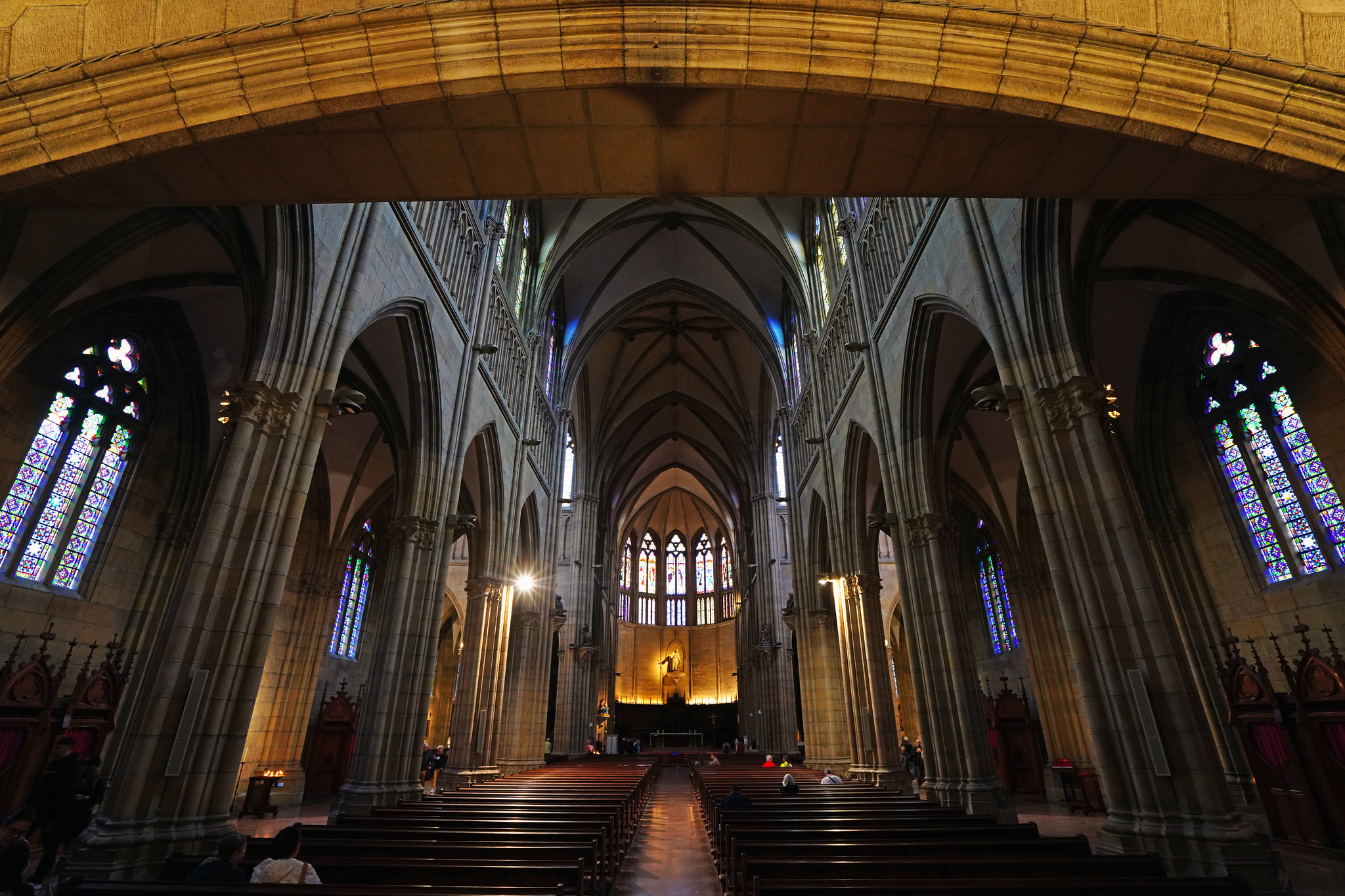
The elegant La Concha promenade maintains its belle époque character from the 1920s. Traditional pintxos bars still serve local delicacies in spaces that haven’t changed their historic interiors.
The old town’s narrow streets continue to wind past buildings with wrought-iron balconies that tell stories of the past. Historic cafes maintain their original art nouveau details, serving treats just as they did during the Jazz Age.
Dubrovnik, Croatia
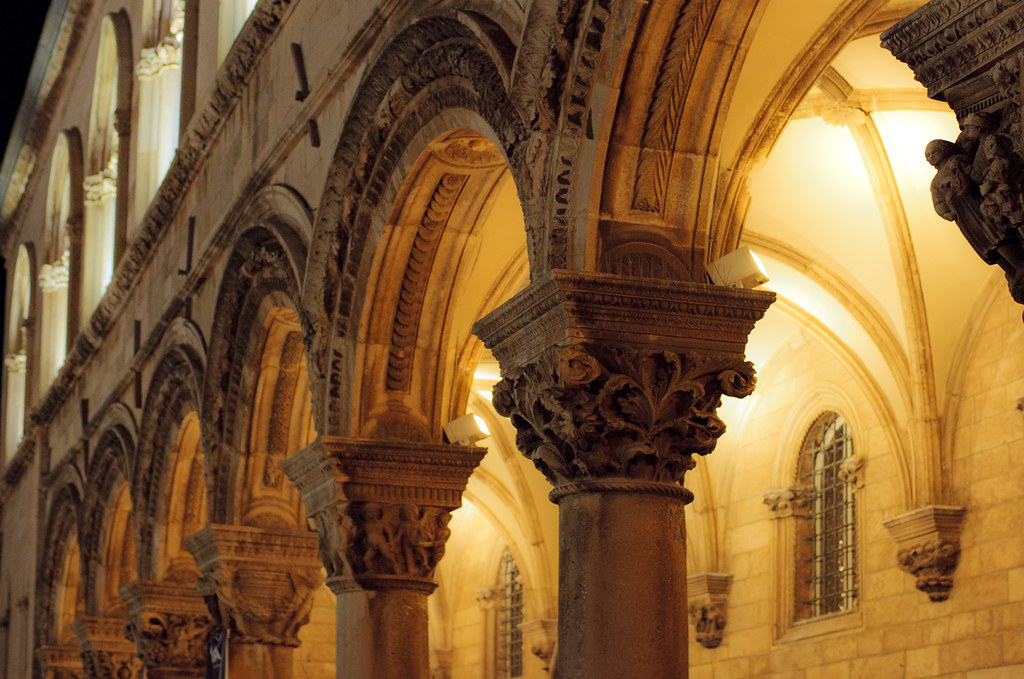
The ancient city walls still encircle the old town exactly as they did in the 1920s. Traditional stone houses maintain historic features along streets that haven’t changed in centuries.
Local cafes continue serving coffee in spaces that preserve their original character from the interwar period. The sound of church bells still echoes off buildings that look frozen in time.
Zurich, Switzerland
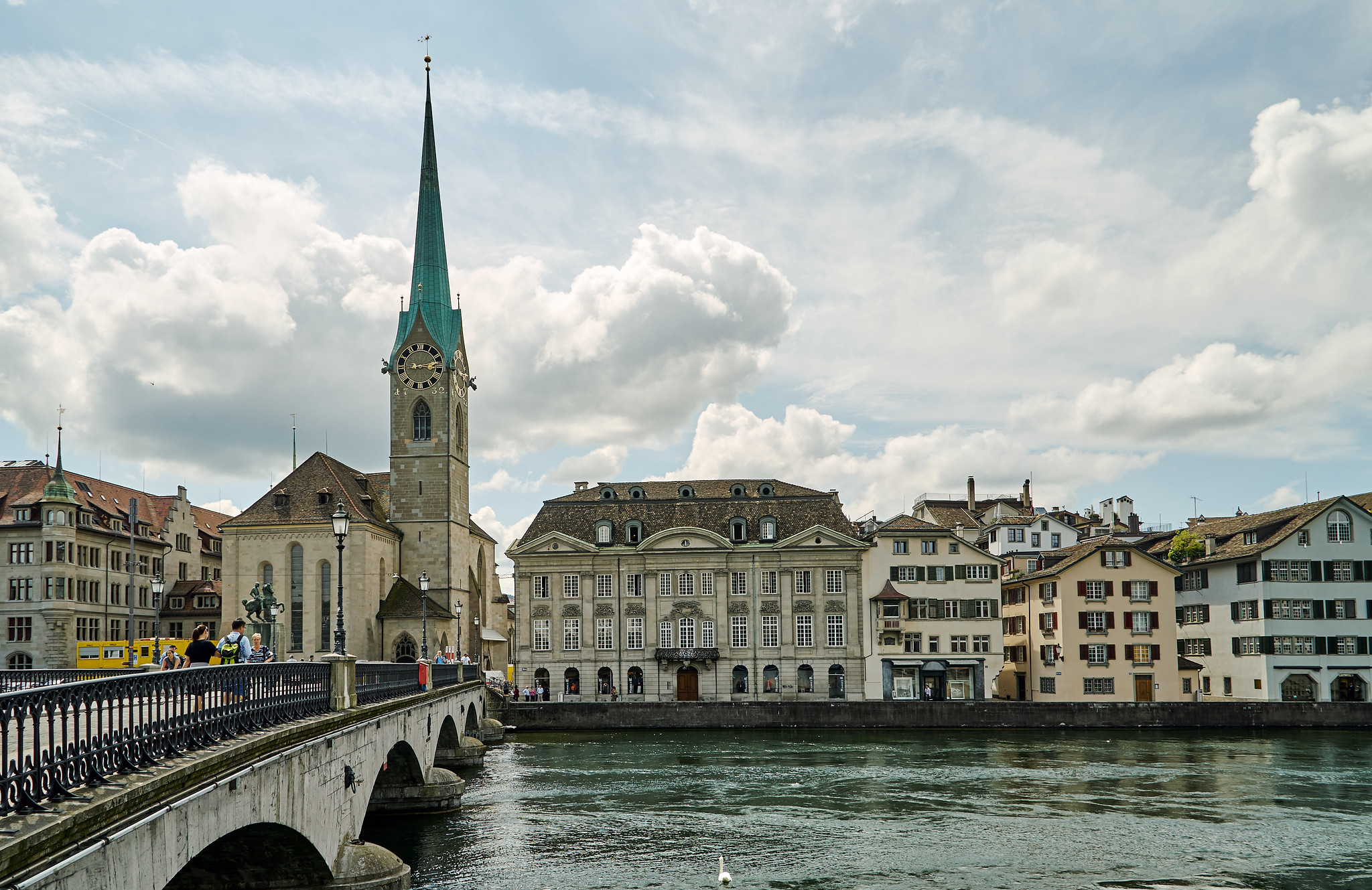
The historic Niederdorf quarter maintains its medieval charm along narrow streets that have remained unchanged since the 1920s. Traditional guild houses still host local organizations in spaces that preserve their original features.
The famous Grossmünster continues to define the skyline just as it did during the Jazz Age. Historic cafes serve traditional Swiss treats in spaces like stepping back in time.
Like Travel Pug’s content? Follow us on MSN.
Time Stands Still

These cities serve as living museums where the spirit of the 1920s lives on in every corner and cobblestone. While modern life flows through their streets, they’ve managed to preserve an atmosphere that transports visitors to a different era. Their ability to maintain this delicate balance between past and present offers something increasingly rare in our fast-paced world: a genuine connection to history beyond mere preservation.
The magic of these places lies not just in their architecture or preserved spaces but in how they continue to function as living cities while maintaining their historic soul. These streets don’t just show us how things looked in the 1920s – they let us experience how it felt to live in that glamorous decade, proving that sometimes the best way to move forward is to keep a firm hold on the past.
More from Travel Pug

- 15 Dangerous European Cities to Avoid
- 15 Caribbean Islands Where Tourists Keep Getting Scammed
- The 20 Most Fascinating Abandoned Places: A Journey Through Time and Forgotten Spaces
- 15 Hidden Places in the Smithsonian Museums Locals Love: A Guide to Lesser-Known Treasures
- 16 Hidden Florida Beach Towns That Aren’t Overrun with Tourists
Like Travel Pug’s content? Follow us on MSN.
